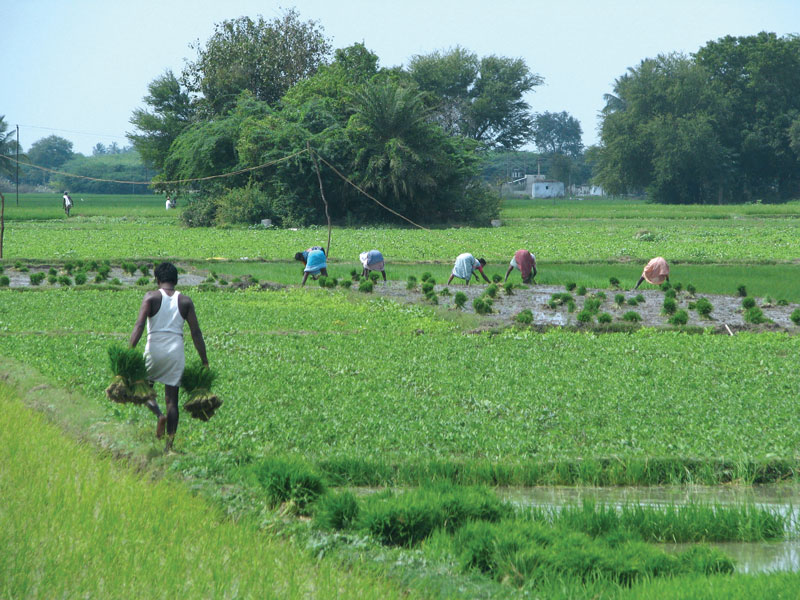Mandatory CSR (Corporate Social Responsibility) spending introduced by the Indian Government is an effective step for speedier and overall development in the country.

According to a survey, CSR spending pattern by top 200 BSE listed companies revolved around livelihood, environment, education, healthcare and rural development. Among the spending, rural development received the least attention. Ironically, no activity related to farming figured.
Does agriculture qualify for CSR activity? Unfortunately, the words ‘agriculture’ or ‘farming’ don’t figure per se in schedule VII (Section 135, Companies Act 2013), which speaks of activities that may be included by companies in their CSR policies. Nevertheless, it doesn’t mean the end of the road; there is ample scope and flexibility to take CSR activities in the farming sector under ‘rural development’.
In an article recently, well known food analyst and writer Devinder Sharma compared wheat procurement price by the Central government in 1970 to 2015, and pointed out that in the last 45 years the price has increased by only 19 fold. Whereas in the same period, salaries in the government sector have gone up by 125 to 350 fold and up to 1,000 fold in the private sector. Under such circumstances, how agriculture can survive remains an unanswered question.
Why CSR in farming
Farmers are the largest stakeholders of our society and form the bottom of the pyramid. In a recent article it was pointed out that about 70 per cent of our population lives in rural India and the majority engaged in agriculture contribute only 14 per cent to the economy. It is a fact that farmers accept every insult and exploitation hurled on them as fate. Can a society progress leaving farmers behind to fend themselves. Is it not time and opportunity to transform their fate?
At every stage of farming activity — seed treatment to postharvest handling and marketing – interventions are needed. Let us take postharvest interventions as an example. This is important because, the farmer has produced, it is in his hands, yet he fails to realise what is his due. Postharvest losses account for 6–18 per cent; and 50 per cent of losses occur at the farm level. Simple interventions like mechanised cleaning, grading and drying at the village level can reduce postharvest losses and distress sales can be avoided.
Successive Central governments have paid attention to food security, totally forgetting farmers’ security. The result of this flawed approach is evident in the form of farmer suicides. On August 15, 2015, Prime Minister Narendra Modi declared from the Red Fort that henceforth ‘Farmer Welfare’ will be tagged on to the title of the Ministry of Agriculture. It is time for corporates to join hands and do their bit through CSR participation and make Modi’s vision of farmers’ welfare a reality.
(The writer, a member of RC Bidar, D 3160, is a consultant to the Karnataka government in biotech projects)





